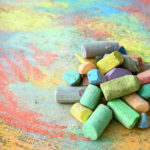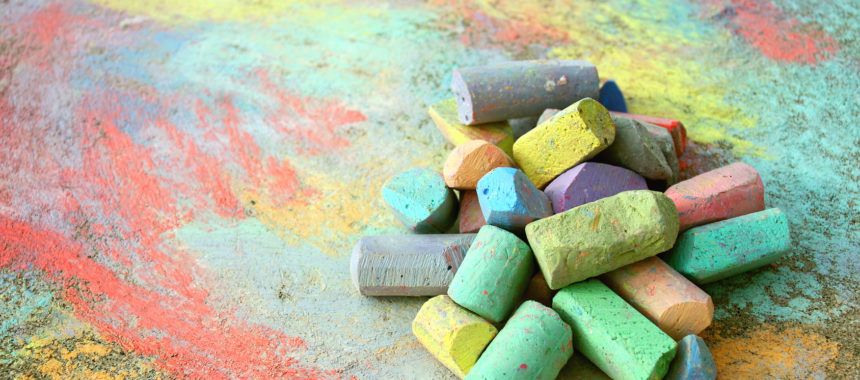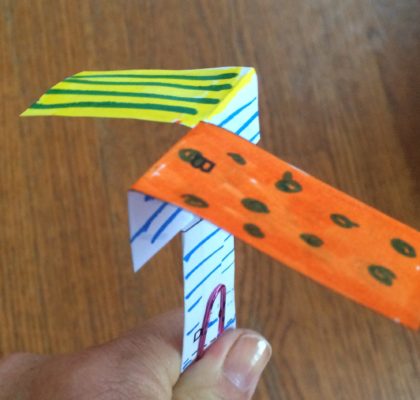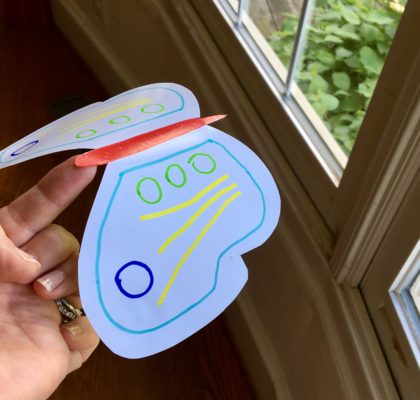 Add to Favorites
Add to Favorites
Make Sidewalk Chalk
In this science activity, kids make sidewalk chalk while exploring chemistry and exothermic reactions. For a fun St. Patrick's Day variation, make chalk in the shape of green clovers!
Plaster of Paris is made from the mineral gypsum. The name comes from the fact that this plaster first made from gypsum that was found in Paris! Plaster of Paris has many uses from use in architecture to plaster casts for broken bones to craft projects like chalk. When we mixed our plaster with water, we created a paste that turned from a liquid (a substance that flows and takes the shape of its container) to a solid (a substance that is firm and has a definite shape) through an exothermic chemical reaction.
“Exothermic” means it gives off heat. It may seem like your chalk is simply drying out, but that is not the case; your chalk would harden even if it was under water!
Cement is a similar to plaster of Paris, but it is made from calcined lime and clay. When combined with water it too hardens through an exothermic reaction. Cement is a key element in building structures under water, because it hardens through a chemical reaction, not evaporation. Concrete is cement combined with water, sand, and gravel.
Materials
- Plaster of Paris - 1/3 cup per student
- Colorful washable powdered tempera paint - 1 teaspoon per student
- Water - 2 tablespoon per student
- Medium sized disposable cup
- Popsicle stick or disposable spoon
- Plastic cookie cutter
- Disposable plate
- Heavy book or similar
Instructions
To make a circle-shaped "puck" of chalk:
Pour plaster of Paris into the disposable cup.
Mix in 1 teaspoon of washable powdered tempera paint.
Add 2 Tablespoons water and stir until well mixed. You may need to add more water to get the consistency to be about the same as thick peanut butter.
Add another teaspoon or two of tempera paint to achieve the desired color. Mix together thoroughly, making sure to stir all the way down to the bottom of the cup.
Gently tap the cup on the table to allow the mixture to settle at the bottom of the cup. Set aside to dry (30-60 mins).
Be sure to come back after about 10 minutes and feel your cup; it should feel warm. This is the result of an exothermic reaction between the plaster and the water! When the chalk is dry, peel off the disposable cup and play with your chalk!
To make shaped chalk:
Combine the plaster of Paris, tempera paint and water as stated above.
Place a cookie cutter on a disposable plate. Spoon the Plaster mixture into the cookie cutter. Be sure to press down on the cookie cutter itself while doing this so the plaster does not ooze out of the bottom.
Place a heavy book or similar on top of the cookie cutter to hold it flush with the plate. Set aside to dry (30-60 mins)
When dry, gently pop your chalk out of the cookie cutter and start drawing!










